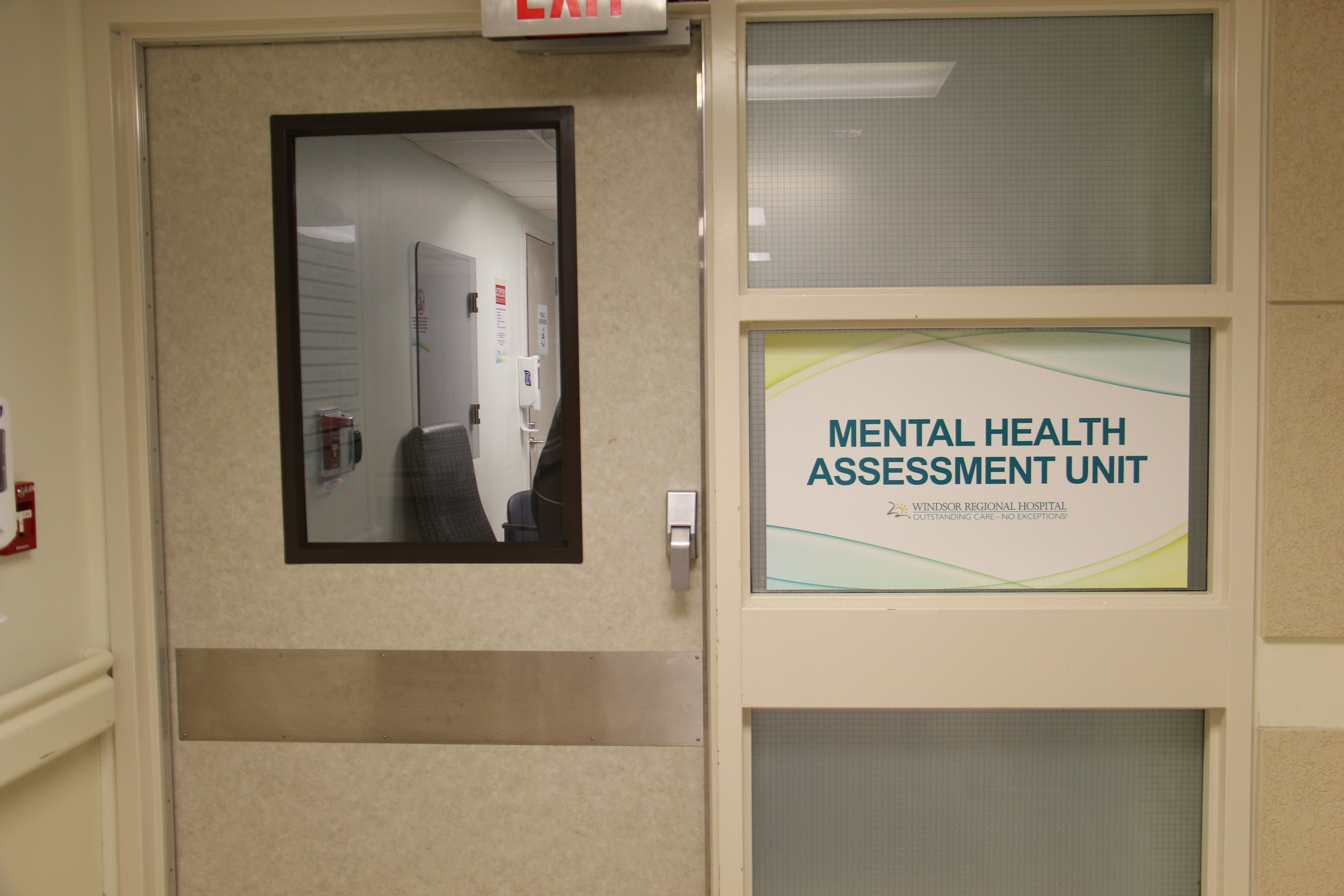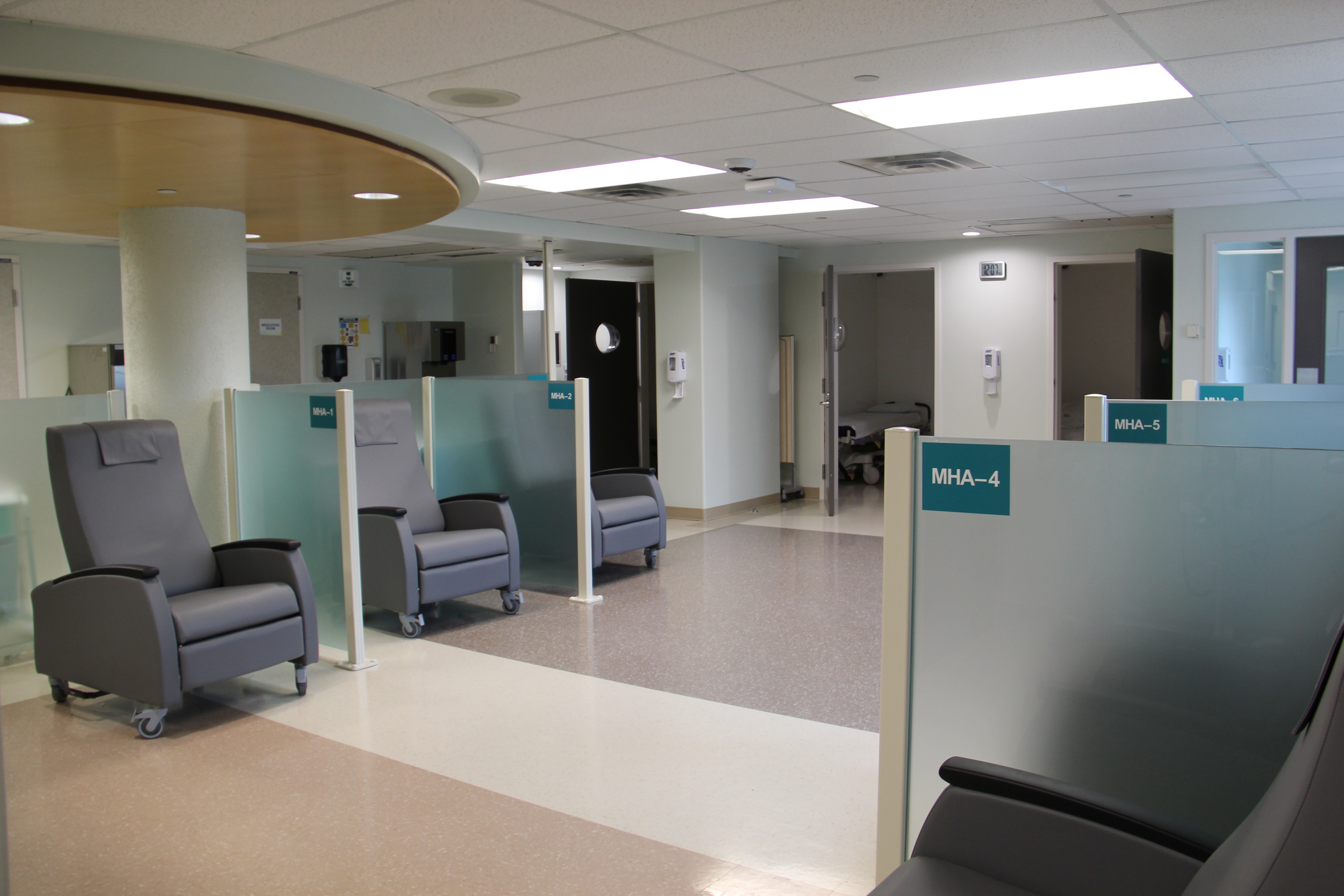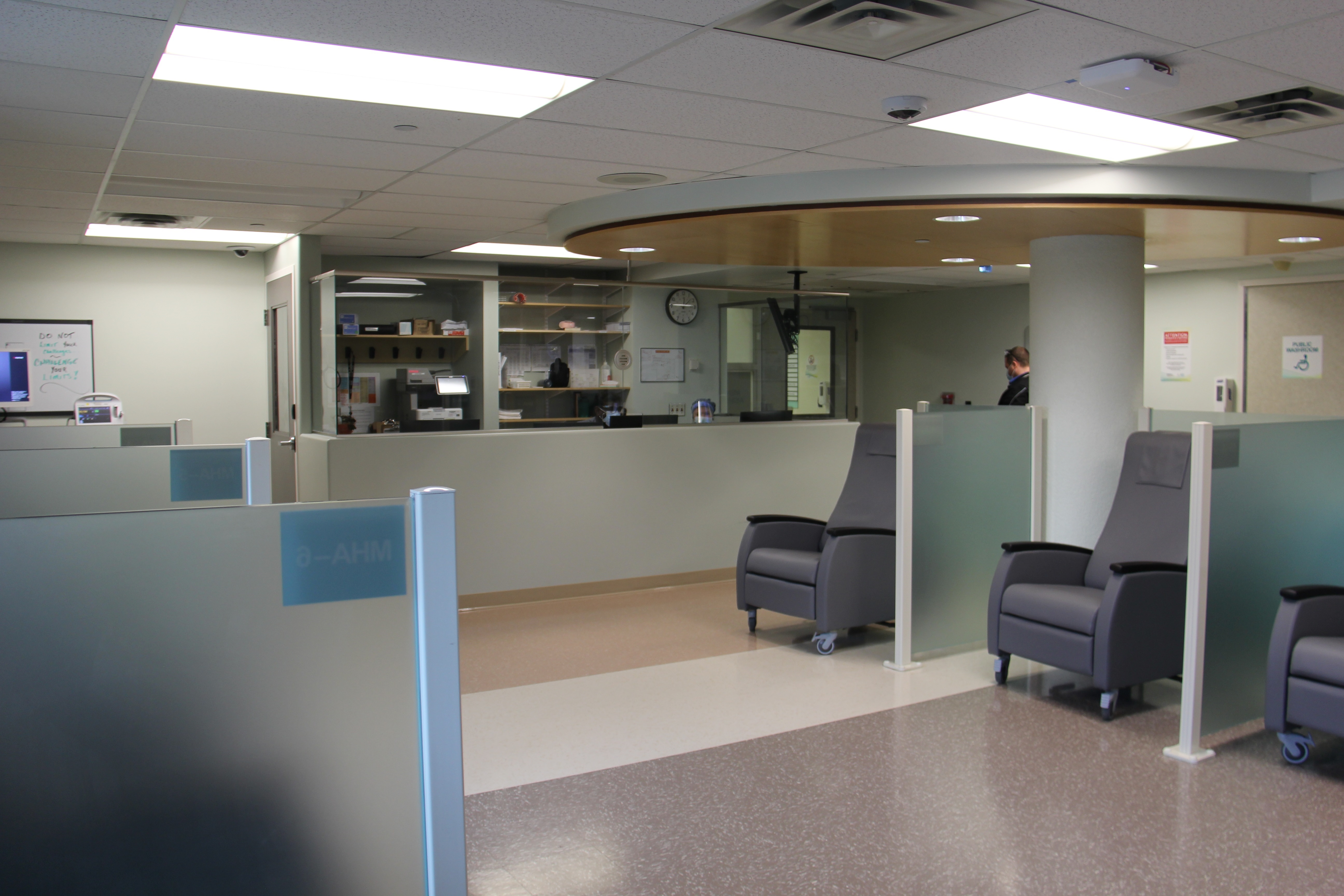New Mental Health Assessment Unit Opens at WRH with Resounding Success
25-6-2021

To measure the success of Windsor Regional Hospital’s new Mental Health Assessment Unit, you only need to look at comments made by some of its first few patients.
- “Normally, I’m much more agitated when I come to the hospital, I can’t believe how much calmer I felt coming to this unit.”
- “I felt so ashamed of myself. If it wasn’t for coming to this unit, I would have never come back.”
- “What a difference. I felt like I was heard.”
- “I hope other hospitals copy this concept.”
One patient indicated had she known about the unit sooner, she would have reached out sooner which speaks volumes of the benefits for the redesign of the Mental Health Department.
The new unit acts as a mental health emergency room but in a calm, quiet and therapeutic space for individuals suffering from a possible psychiatric episode.
Historically, those assessments would take place in the Emergency Room, which by its own nature, can be a chaotic, loud, and traumatic environment.
“It wasn’t conducive for a good sound psychiatric assessment,” explains Director of Mental Health Services Luke Di Paolo.
Patients continue to arrive at the hospital in the Emergency Room, but once they are medically cleared, they are transferred to the new unit for a mental health assessment.
The new unit on the third floor opened on March 29th and within six weeks, it was clear the redesign was an overwhelming success.
In that time period, 270 patients were assessed in a calm environment by a social worker, psychiatric nurse, and psychiatrist - without any distractions.
Although the numbers may seem high, Di Paolo says it is not a huge deviation from previous months as hundreds of mental health patients come through the doors in the ER and are followed up with a mental health assessment. The numbers have jumped since the pandemic.
On average, the Mental Health Department sees 9,700 patient visits per year. About 10 per cent of them (970) waited longer than 24 hours in the Emergency Department before being moved to the Mental Health Program. It was clear to everyone involved in the redesign that the Emergency Department was not the place for mental health patients to wait.
Working within its current budget, a space in the Mental Health Unit was converted to include lounge chairs, three isolation rooms and separate interview rooms.
Di Paolo says hours upon hours of research went into transforming the space factoring in therapeutic elements, the colours and even the impact of having a lounge chair compared to a bed with medical personnel standing over a patient.
Based on the initial interviews, Di Paolo says patients and their families have been wowed by this concept and he believes other hospitals should follow suit for the benefit of their patients.

